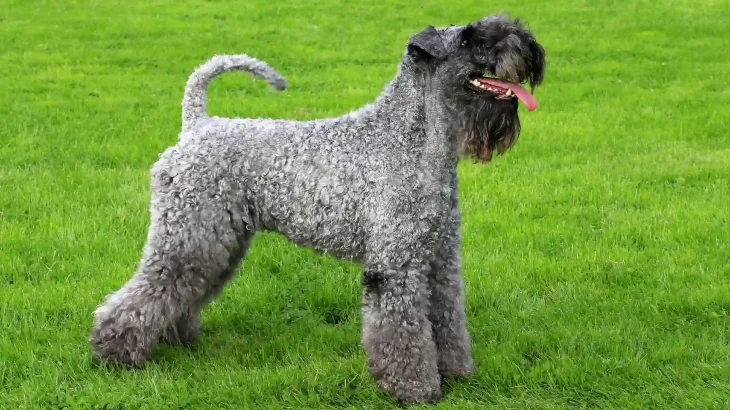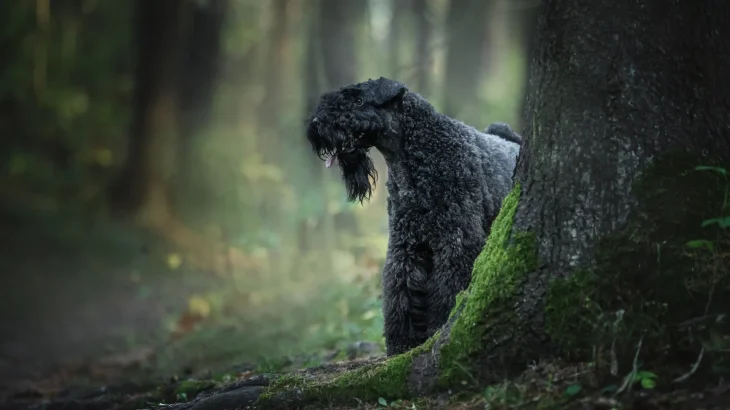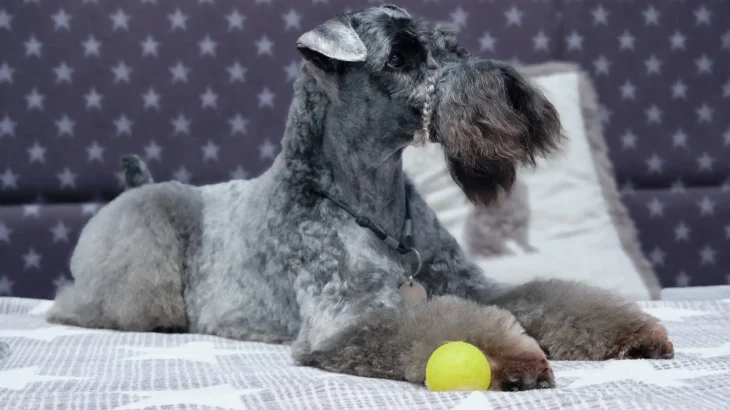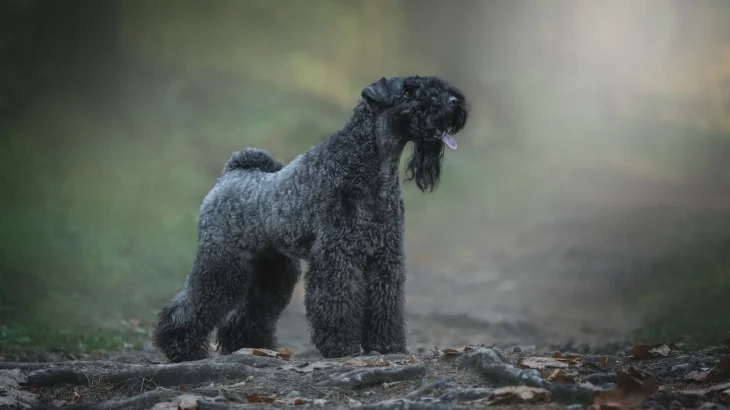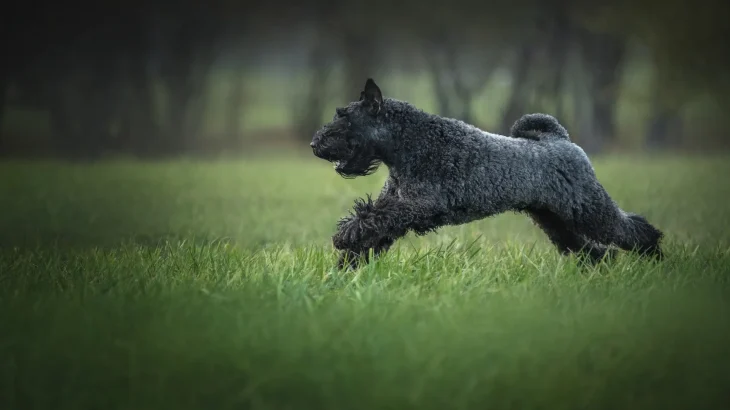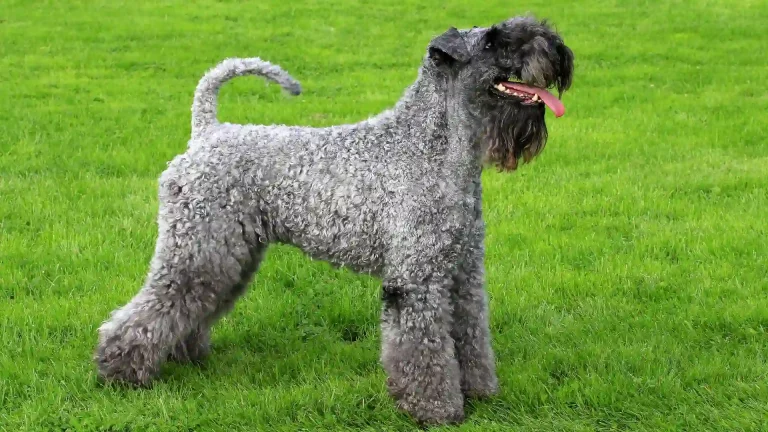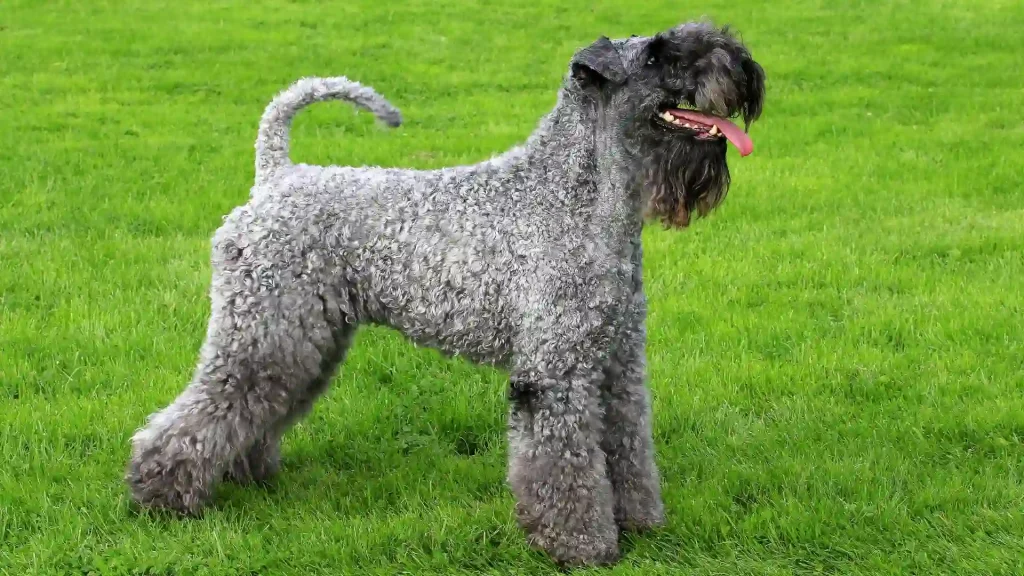Deciding between adopting or buying a Kerry Blue Terrier puppy depends on what you prioritize, such as cost, health assurance, and ethical considerations. Purchasing from a breeder often offers predictability in lineage and health, while adoption supports giving a home to a dog in need, though specific breed puppies might be less common.
Adoption vs. Breeder: Pros & Cons
| Criteria | Buying from Breeder | Adopting from Shelter/Rescue |
|---|---|---|
| Cost | Typically higher, reflecting pedigree and breeding expenses. | Generally lower adoption fees, making it more budget-friendly. |
| Health History | Comprehensive health records and genetic screening usually available. | Health background may be uncertain; basic checks often performed. |
| Age Availability | Primarily young puppies, allowing early bonding and training. | Varied ages available; purebred Kerry Blue Terrier puppies less common. |
| Temperament Insight | Breeders can provide details about lineage temperament and traits. | Behavioral history may be limited; relies on shelter assessments. |
| Ethical Considerations | Supports responsible breeding if breeder is reputable; risk of supporting poor breeding otherwise. | Provides homes to dogs in need, promoting animal welfare. |
| Breed Purity & Pedigree | Guarantee of purebred status with pedigree documentation. | Purebred status sometimes uncertain; pedigree often unavailable. |

